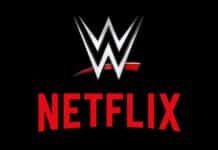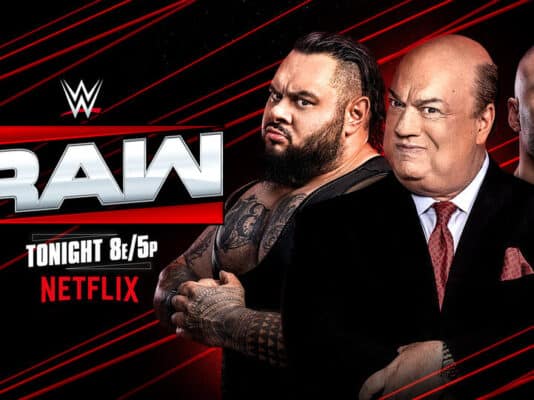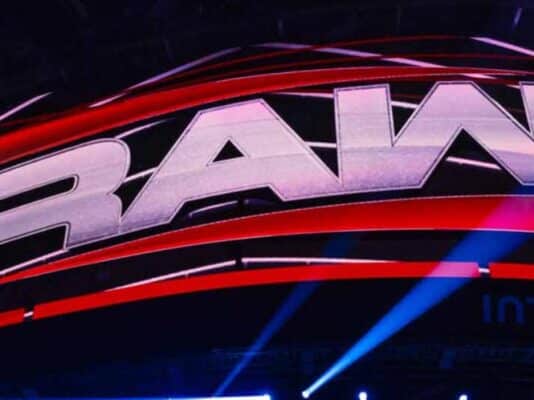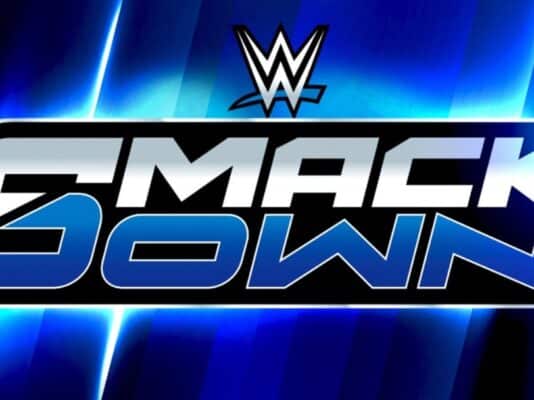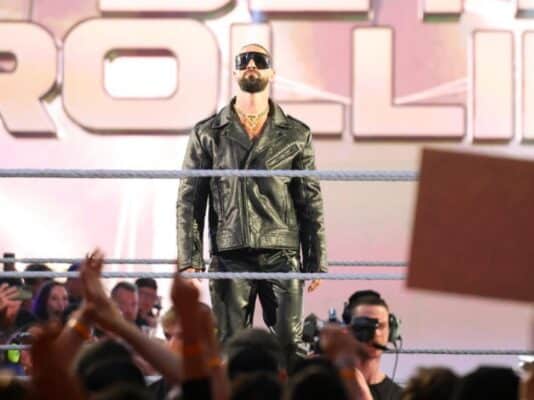
The wrestling world is experiencing a new kind of rivalry as AEW and WWE compete not just for ratings, but for the attention of younger fans. With social media, streaming, and global branding shaping viewing habits, the future of professional wrestling depends on who can connect with the next generation.
In today’s media landscape, the fight between AEW and WWE extends far beyond television. It is about who can capture the imagination of younger viewers who live on TikTok, YouTube, and social platforms. Much like the rise of online pokies in digital entertainment, both promotions are adapting to changing consumption habits and instant-access culture. AEW and WWE are investing heavily in storytelling, character development, and digital engagement to secure long-term loyalty from a shifting audience base.
The Changing Viewing Habits of Younger Fans
Younger wrestling fans are not consuming content the way previous generations did. Traditional cable viewership is declining, and platforms like YouTube and Twitch have become prime destinations for highlights, interviews, and behind-the-scenes content. WWE has the advantage of longevity, with decades of recognizable stars and a well-established presence on mainstream media. Its deal with streaming services like Peacock ensures accessibility for casual viewers.
AEW, however, has quickly adapted to the habits of modern fans. The company posts frequent clips across social media and interacts directly with its audience online. Wrestlers such as MJF, Orange Cassidy, and Toni Storm have built unique followings through viral moments and personality-driven content. AEW’s approach feels more organic, appealing to viewers who value authenticity and less corporate presentation.
The generational divide is clear in viewing preferences. Younger audiences prefer shorter, more interactive content, and AEW’s willingness to experiment with format helps them stand out. WWE still dominates live television ratings, but AEW often scores higher engagement per viewer online, showing a shift in how fans experience wrestling entertainment.
Storytelling and Character Appeal
In the eyes of younger fans, characters matter as much as matches. WWE has taken major steps to modernize its storytelling, particularly under Triple H’s creative leadership. The company has introduced new stars while balancing nostalgia for older ones. The Bloodline storyline remains one of the most successful examples of layered storytelling, appealing to long-term fans while drawing in newer audiences with drama and emotion.
AEW, on the other hand, leans into a more sports-oriented presentation with less scripted dialogue and more creative freedom. This resonates with fans who crave realism and unpredictability. Younger audiences are drawn to wrestlers who feel authentic and accessible. AEW’s willingness to blur the lines between fiction and reality, especially on social media, makes its product feel more relatable and current.
The way each company treats storytelling reveals its approach to audience building. WWE focuses on cinematic production and universal appeal, while AEW relies on organic growth through fan participation and niche culture. Both strategies aim to create lifelong fans, but the tone and execution could not be more different.
Merchandising and Global Influence
Merchandise sales and brand recognition offer another perspective on generational influence. WWE remains unmatched in global reach, with established superstars like John Cena, Roman Reigns, and Becky Lynch selling merchandise worldwide. The company’s partnerships with toy and apparel brands make it a constant presence in popular culture.
AEW, despite being newer, has created strong brand loyalty among hardcore fans. Figures like Kenny Omega and The Young Bucks have long-standing independent appeal, and the promotion’s collaboration with gaming and comic book culture enhances its image with younger demographics. AEW’s merchandise often feels more personal and less mass-produced, appealing to fans who enjoy representing something exclusive.
Social media metrics reinforce this divide. WWE commands huge followings on major platforms, but AEW’s interaction rate is higher per post. Younger fans are more likely to share AEW highlights or memes, while WWE maintains dominance in search trends and mainstream exposure. Both companies are thriving in different ecosystems, and the outcome of their rivalry may depend on which environment defines the future of wrestling.
In the battle for the next generation of fans, AEW and WWE are taking different paths to the same goal. The winner may not be determined by TV ratings, but by who captures the hearts of digital-native audiences that will shape wrestling’s future for decades to come.



